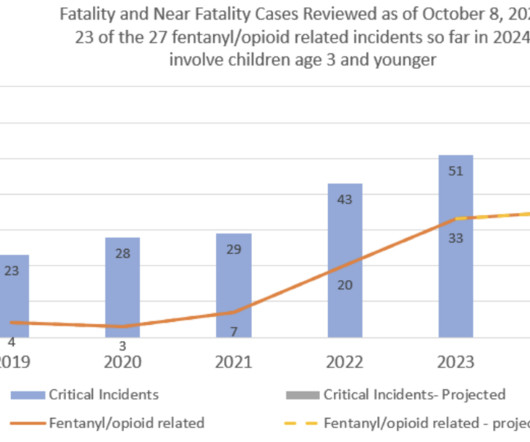5 Ways to Reduce Horizontal Violence in Healthcare
Relias
SEPTEMBER 20, 2024
Did you know that while only 10% of professionals across industries report experiencing disruptive behavior in the workplace, healthcare professionals report rates that are three times higher? Horizontal violence refers to non-physical, hostile, aggressive, or harmful behavior directed at colleagues in the workplace.

















Let's personalize your content